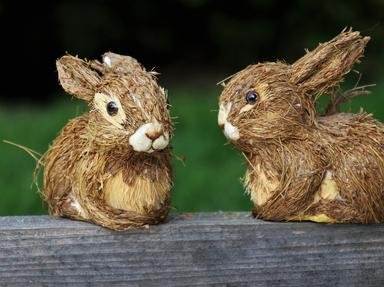Quiz Answer Key and Fun Facts
1. In Rudyard Kipling's "Jungle Book" (1894) and the Disney motion pictures which followed, what is the name of the Bengal tiger intent on killing Mowgli?
2. Kellogg Cornflakes are represented by Cornelius "Corny" Rooster in advertising. Which cereal does Tony the Tiger represent?
3. "Tyger, Tyger, burning bright" is probably one of the most anthologized poems in the English language. Who wrote it?
4. In which American comedy motion picture does the USS Sea Tiger figure prominently?
5. In J. M. Barrie's "Peter Pan," what is the ethnicity or nationality of Tiger Lily?
6. According to Yann Martel's 2001 novel, who spent 227 days in a lifeboat in the Pacific Ocean with a Bengal tiger named Richard Parker?
7. In Ian Fleming's 1964 novel and the 1967 Sean Connery motion picture based (loosely) on it, who is James Bond's ally in the Japanese secret service?
8. "The Story of Little Black Sambo" (1899) by Scottish author Helen Bannerman was set in what locale?
9. In the first animated television series in the US, Raglan "Rags" T. Tiger was the sidekick to which hero?
10. In which children's literature, television and/or motion picture universe does Tigger figure?
Source: Author
FatherSteve
This quiz was reviewed by FunTrivia editor
agony before going online.
Any errors found in FunTrivia content are routinely corrected through our feedback system.

